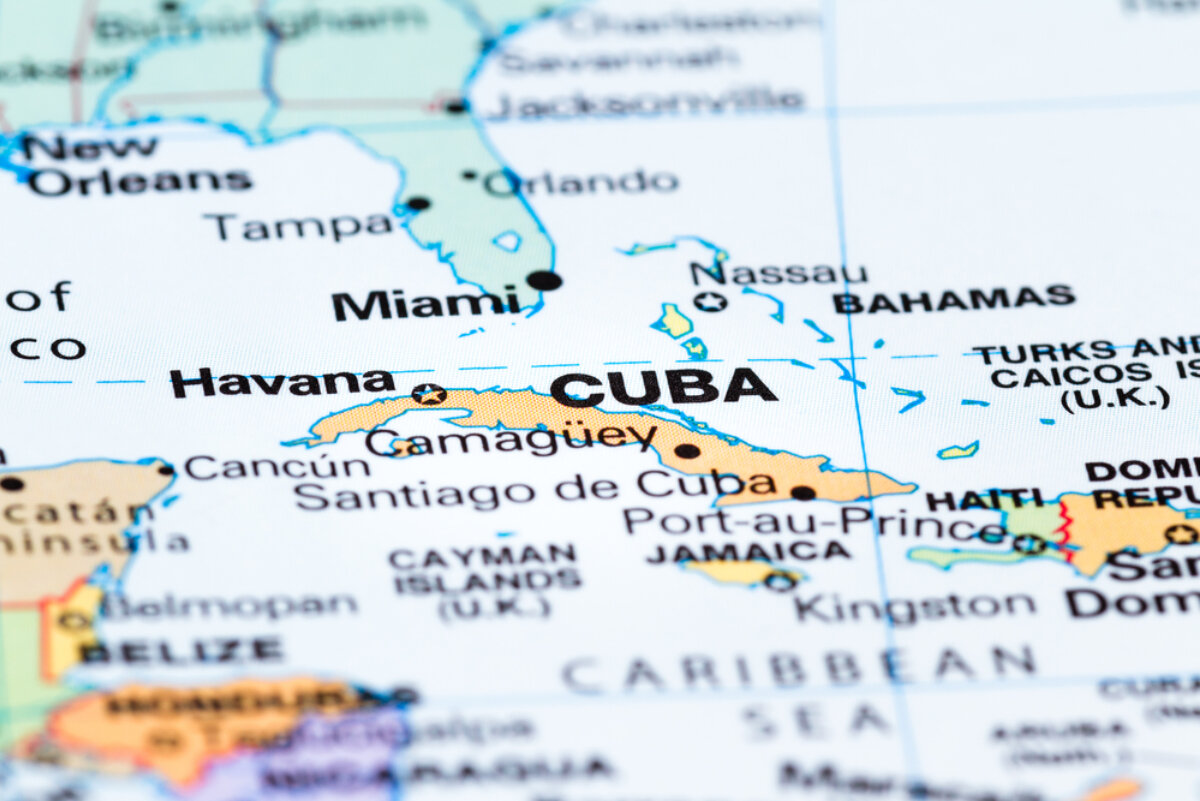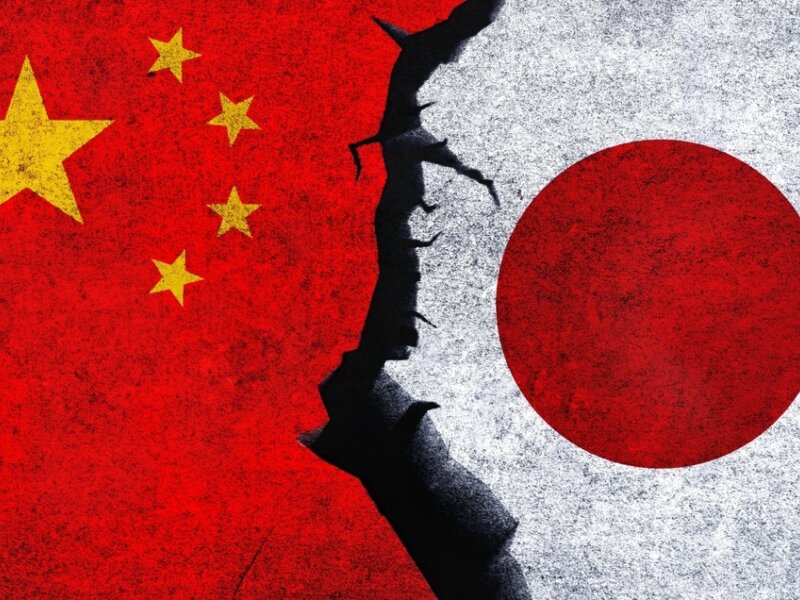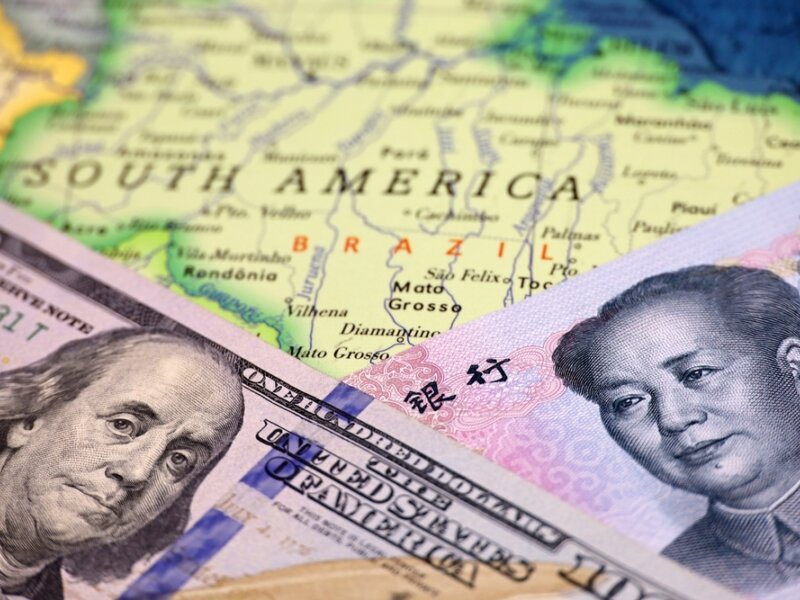Cuba Looks to China to Address Its Energy Crisis
Facing increasingly frequent blackouts, Havana is turning to Beijing to modernize its power grid and invest in solar energy.

Cuba’s deteriorating electricity grid has become a central obstacle to its economic and social stability. Long characterized by structural weaknesses and underinvestment, the grid experienced a collapse in October 2024, leading to days of blackouts. Since then, the frequency and duration of outages have increased significantly, partly due to higher energy demand during the summer months. Between scheduled service suspensions and unplanned blackouts, much of the population now has access to electricity for only a limited number of hours per day.
The lack of reliable electricity exacerbates existing hardships and has a direct impact on living standards. Power outages result in the spoilage of food supplies, which are difficult to replenish due to persistent shortages. In many areas, access to drinking water is also compromised, as water distribution systems rely on electric pumps, creating significant public health risks. Beyond these immediate effects, the blackouts have broader implications for the Island’s economy. They undermine small-scale and industrial production, and discourage tourism, one of the government’s primary sources of foreign currency. Combined, these factors contribute to further eroding public confidence in the regime.
The collapse of the energy sector is symptomatic of a deeper structural crisis in the Cuban economy. Even state officials have described the country as operating under the conditions of a “war economy.” Over the past decade, the country has faced a compounding set of structural challenges: declining productivity, an investment rate significantly below that of other Caribbean countries, a widening fiscal deficit, high inflation, persistent scarcity of consumer goods, and growing social inequality. These trends have pushed the economy into a state comparable to the early 1990s “Special Period,” marked by severe contraction and supply shortages. Within this broader crisis, the energy dimension is particularly critical. Reliable electricity is a foundational requirement for economic activity; its absence not only disrupts daily life but also renders any sustained recovery effort virtually impossible.
Cuba’s energy crisis stems from two primary structural issues: an ageing power generation system and chronic fuel scarcity. Most of the country’s electricity is generated by eight aging thermoelectric plants powered by heavy crude oil, all built over four decades ago with support from the former Soviet Union. Operated by the state-run Electric Union, these plants are increasingly prone to technical failures, leading to prolonged outages. Between 2018 and 2022, Cuba’s total electricity generation capacity, never too impressive, declined by nearly 25%, reflecting the cumulative effects of outdated infrastructure and insufficient maintenance. The government has cited difficulties in acquiring spare parts and components, often attributed to the U.S. embargo. While access restrictions do contribute to logistical complications, the embargo explanation has frequently served as a political instrument to deflect attention from domestic mismanagement and underinvestment. In 2022, in an attempt to offset the shortfall between energy production and consumption, the Cuban government leased, at significant cost, eight floating power plants (powerships) from Turkey. These units were capable of supplying up to 20% of the country’s electricity demand. However, in February 2025, five of the eight powerships left Cuban ports after the government failed to meet its payment obligations, further aggravating the energy deficit.
Fuel shortages represent the second critical weakness in Cuba’s energy system. Domestic oil production stands at roughly 40,000 barrels per day, only a third of the estimated 120,000 barrels needed to meet national demand. Making matters worse, the country’s own crude is of inferior quality, with high concentrations of sulfur and water. Its continued use accelerates the degradation of already outdated equipment, compounding the grid’s vulnerability. For years, Cuba managed to compensate for its limited domestic supply through subsidized oil imports from Venezuela, obtained in exchange for Cuban medical and educational personnel. Yet this arrangement began to unravel after Venezuela’s economic collapse in 2014, and shipments have declined sharply in recent years. Other partners with longstanding energy ties to Cuba, including Mexico and Russia, have not stepped in to fill the gap. Turning to the global market is not a viable option. The country’s foreign currency reserves are dangerously low, and the Cuban peso has continued to weaken, making imports increasingly unaffordable. In the wake of the October 2024 blackout, authorities implemented emergency measures to significantly reduce energy consumption. Electricity rationing has been implemented across the country, disrupting operations in factories, essential public services, schools, and households.
The Cuban government’s handling of the energy crisis has long been predominantly reactive, relying on costly and short-term emergency measures that have only partially mitigated the immediate effects of blackouts, without addressing the structural vulnerabilities of the power sector. In the absence of a large-scale investment plan, the deterioration of oil-fired facilities is expected to continue, further undermining the stability of the grid. More fundamentally, Cuba’s inability to mobilize resources, whether through domestic channels, international credit, or foreign investment, has long been a central obstacle to resolving its energy crisis and reviving basic productive capacity. Cuba has repeatedly failed to secure the funding needed to upgrade its energy infrastructure, even when offered favorable terms by close allies. In 2022, the government admitted it was unable to access a €1.2 billion Russian loan intended for its thermoelectric plants, having failed to provide the required 10% upfront payment (€120 million). Estimates suggest that modernizing the country’s electrical infrastructure would require at least $10 billion, a figure that far exceeds the government’s financial capacity.
Amid a worsening energy crisis and limited access to international financing, the Cuban government has increasingly turned to China as a strategic partner. In particular, it is banking on Chinese support to expand renewable energy production and reduce dependence on ageing oil-fired infrastructure. While Havana has explored solar power for several years as a cleaner and more affordable alternative, bilateral cooperation in this sector has recently intensified. At the opening of a new solar park in Cotorro on February 21, China’s Ambassador Hua Xin and Cuban President Miguel Díaz-Canel confirmed an ambitious joint initiative to modernize the island’s energy system. Under the plan, China will build 55 solar plants by the end of 2025, with an additional 37 planned by 2028. If completed as announced, the network would add over 2,000 megawatts of capacity, enough to cover approximately two-thirds of Cuba’s current electricity needs. Chinese-backed projects are expected to deliver 1,100 megawatts by the end of this year alone, a figure that could significantly reduce the island’s daytime power deficit. This added capacity would help ease pressure on Cuba’s limited oil reserves, allowing them to be conserved primarily for nighttime generation, when solar power is unavailable.
A central question remains unresolved: how the Cuban government intends to repay this debt. While the details of the agreement are confidential, the director of the Cuban electric company in Matanzas indicated in February that the cost of imported equipment amounts to approximately $730,000 per megawatt. This places the total cost of imports alone at over $1.5 billion, a substantial figure for a country facing acute fiscal constraints. Prime Minister Manuel Marrero Cruz has suggested that payment will be made through shipments of crude oil and nickel. This appears unrealistic. Cuba’s domestic oil production is both limited and low-grade, and a significant share of its nickel revenues is already committed through existing agreements to repay longstanding debt obligations. With traditional payment options constrained, Cuba may possibly compensate Chinese firms by offering preferential access to key sectors of its economy. These developments mark a clear deepening of China’s footprint on the island. They underscore Beijing’s role as a vital external lifeline for the Cuban regime, providing resources and technology at a time when few other partners are willing or able to do so.



